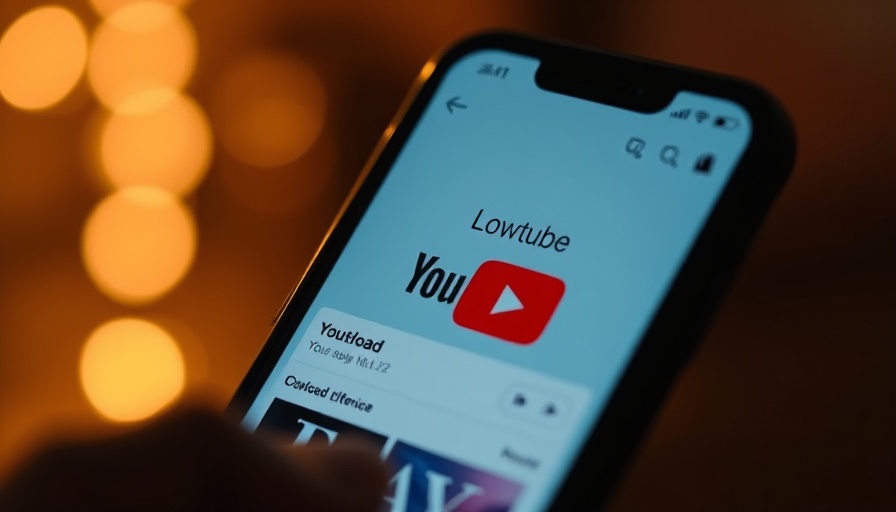
The End of Online Monoculture: What It Means for Content Creation
YouTube’s recent update marks a significant shift in the digital landscape. No longer are giant platforms like YouTube serving as mere mirrors reflecting a monoculture that homogenizes content consumption. This transformation highlights the emergence of diverse user experiences, leading to the fragmentation of viewers into unique digital tribes. Streaming giants like Netflix and Disney+ have been adapting by creating niche content tailored to diverse interests, directly influencing YouTube’s strategy.
A Historical Perspective on Online Culture
Historically, online spaces saw the rise of a few dominant voices. From viral trends to the centralized influence of popular creators, these elements shaped a shared online culture. Content creators once achieved widespread success through singular viral moments. However, the accelerated proliferation of content across various platforms indicates a seismic shift. The traditional models are giving way to personalized experiences tight-knit communities, where users carve out individualized spaces. As YouTube introduces features that enable niche engagement, it encourages the birth of countless subcultures.
Significance of the YouTube Update
The introduction of new algorithms prioritizing personalized content is a core feature of YouTube's latest update. This not only affects the visibility of traditional, widely appealing content, but it has critical implications for creators. With more viewers seeking specific content rather than generalized entertainment, content creators, especially smaller channels, can find their niche audience. The segmentation offers creators the ability to build loyal followings, though the competition becomes fierce within these small groups.
Diverse Perspectives: Community and Content
While many embrace this paradigm shift, some argue that it could lead to echo chambers where only similar viewpoints are constantly validated. This could ultimately stifle the diversity of ideas that platforms like YouTube once thrived upon. However, the update appears to favor healthy discourse among niche groups, fostering environments where differing perspectives can exist. As content becomes more specialized, the dynamics of online discussions will also evolve.
Future Trends in Digital Content Consumption
The future of content creation will likely see a growing emphasis on authenticity and relatability among creators. As platforms like YouTube pave the way for niche-centric content, creators will adapt by engaging their communities in genuine ways. Viewers are expected to gravitate towards content that reflects their own interests and forms connections. The implications of this trend will reveal the extent to which creators can pivot their content based on viewer feedback.
Consequences for Marketing Strategies
As consumer behavior shifts towards personalized content consumption, brands must rethink their marketing strategies. Collaborating with micro-influencers—individuals who command small but dedicated followings—could prove advantageous, given the possibility of reaching highly engaged audiences. Furthermore, brands should emphasize localized content that resonates with targeted demographic groups, leading to more meaningful connections with consumers.
Final Thoughts on the Transformation of YouTube
With the dawn of this new era on platforms like YouTube, the options for both content creation and consumption have expanded dramatically. The hope is that as the digital landscape diversifies, it will spur creativity and innovation across all fields of media. As this evolution unfolds, staying informed about these dynamics will be crucial for anyone involved in content creation or digital marketing.
 Add Row
Add Row  Add
Add 




 Add Row
Add Row  Add
Add 

Write A Comment